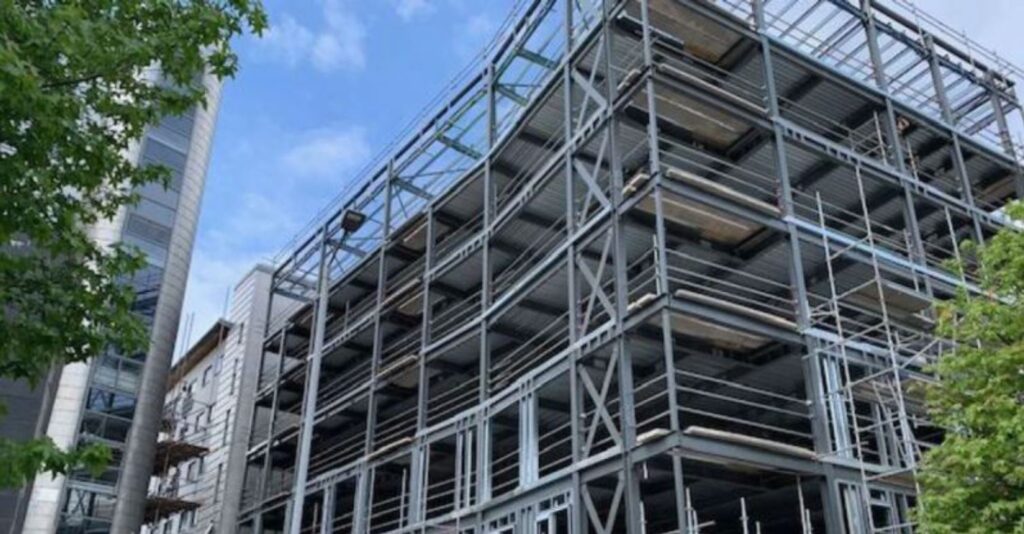Development finance for conversion of a commercial waterfront property into studios
Fiduciam granted a repeat borrower a £4.3 million conversion facility at 70% loan-to-value to transform the seven-storey Britannia Warehouse in Gloucester from office into an apartment building. The development budget, is fully funded by the facility. Works will be monitored by one of Fiduciam’s trusted project monitors, with development costs being paid through monthly loan drawdowns. The development finance facility benefits from generous contingency and completion deadline terms to provide sufficient flexibility to manage the repercussions of the global supply chain crisis. Once the conversion is completed the property will comprise 38 apartments, further enhancing the appeal of Gloucester’s historic docks.



























